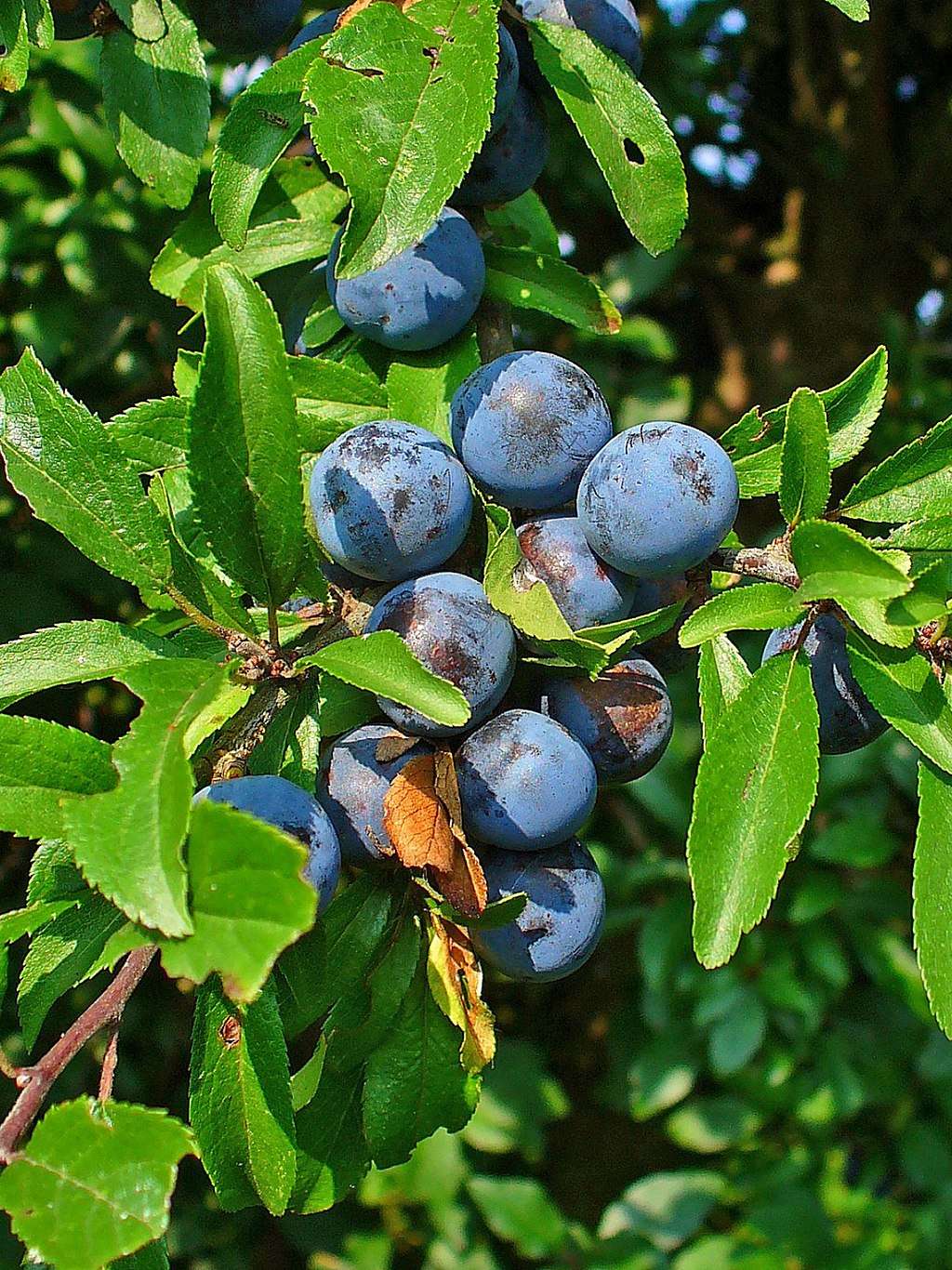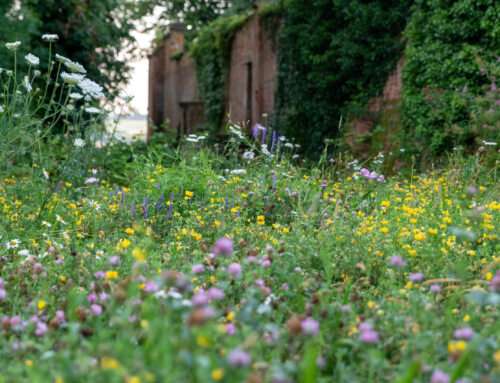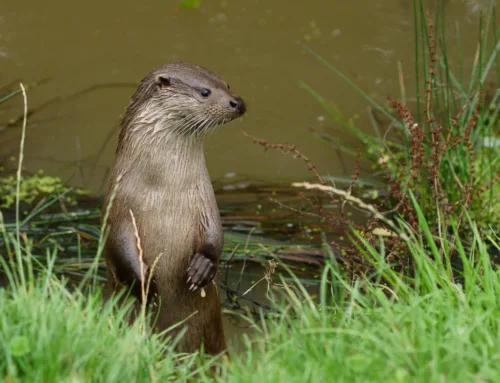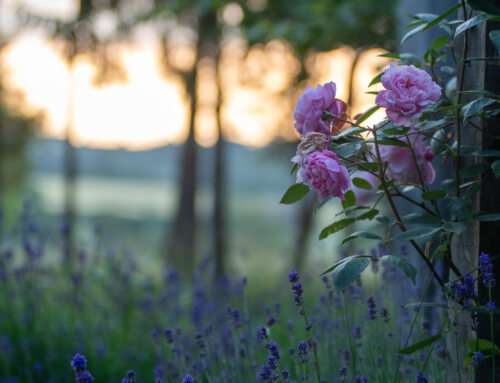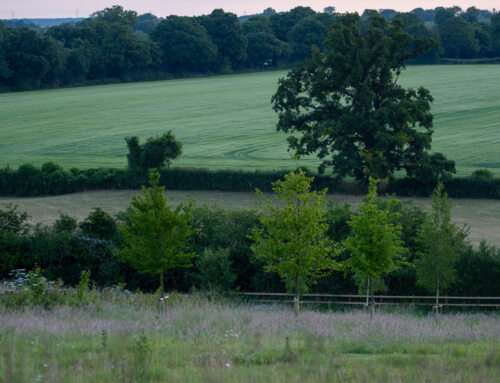The Role of Autumn Hedgerows
By Jo Alderton
Whilst summer is often the ‘busy’ season for ecologists, with lots of early mornings and late night surveys, the wonder of nature doesn’t stop as we come into the autumn months. This time of year can be incredibly important for a variety of species as they prepare for the colder months ahead.
You may have noticed some heavily fruit-laden hedgerows recently. They are looking fantastic, with sloes on the blackthorn, blackberries on the bramble, rosehips and the haws. Whilst the keen human foragers out there will be scouring the hedgerows for some edible goodies, there will be stiff competition from native and visiting wildlife too!
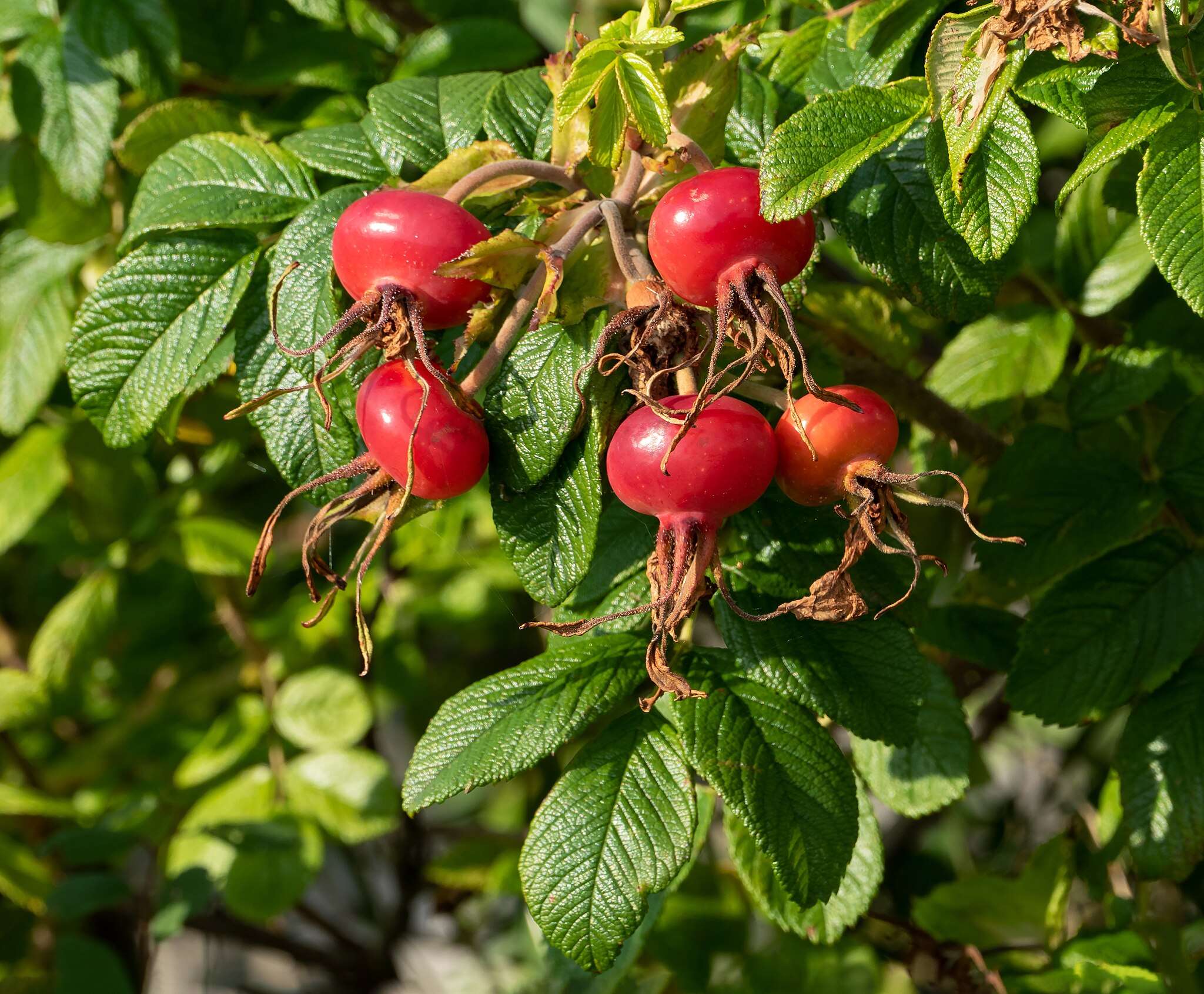
Hedgerows provide an important resource for our resident birds. Birds moving on to southern Europe and Africa, as well as the winter migrants that will be making their way to our shores soon. These include native blackbirds and song thrushes, passing blackcaps and the winter thrushes; redwings and fieldfares, who can be seen in good numbers in the hedgerows at early morning and dusk.
The berries in our hedgerows also provide food and shelter for small mammals. This includes mice, voles, hedgehogs and, if you are lucky enough to be in the right area, dormice. The base of a hedgerow can be thick and tussocky, making it a perfect place for amphibians and reptiles to warm, before heading out to forage. It also provides a protection area for them to hide away during the colder days and months and save their energy, ready for spring.
If you are fortunate enough to have hedgerows in your garden or on your land, then please consider our wild friends and how they might also appreciate their bounty. Delay cutting your hedgerows as late as possible to allow birds to make the most of the fruit provision and where possible, only cut on one side every two years to minimise disturbance to any sleeping beauties.
